This article was co-authored by Clinton M. Sandvick, JD, PhD. Clinton M. Sandvick worked as a civil litigator in California for over 7 years. He received his JD from the University of Wisconsin-Madison in 1998 and his PhD in American History from the University of Oregon in 2013.
This article has been viewed 198,110 times.
A vehicle title is a legal document that shows who owns a vehicle. Most states require proof of ownership before they allow you to register a vehicle and purchase license plates. The state then issues a title for the vehicle to you or, in some states, to the lienholder who keeps it until you pay off your car loan. If you move to a new state which requires you to do so, you must re-title your vehicle to prove that you are the vehicle's owner before you can register.
Steps
Learning the Requirements
-
1Check the website. Every state has a Department of Motor Vehicles, Department of Transportation, or some similar office. Check the Internet to find out what the office is called in your state and to locate their web site. Reviewing that site will be invaluable to you for information about re-titling your vehicle. The unofficial site DMV.org contains helpful information for locating state offices.[1]
-
2Call for customer service. If you cannot locate a web site or do not have access to a computer, you should be able to contact a customer support telephone number to call. These lines generally have a wealth of information, either in the form of a live representative or a library of recorded information.[2]Advertisement
-
3Find out the details. Whichever method you use, you should be able to find out the specific details that you will need to know to obtain a title in your new state.[3] Ask about any special requirements that the new state may need for you to obtain a title. Some things to ask about are:
- Inspection
- Emissions test
- VIN Verification
- Detailed registration requirements
- Proof of sale price or valuation
Preparing the Documentation
-
1Gather the paperwork about the vehicle. Gather the original title or any other paperwork that shows you are the legal owner of your vehicle. Finally, you will want your identification and proof of insurance.[4]
-
2Take proof of residence. You will likely need to prove you are a resident by showing your lease, mortgage, or in some cases a utility bill addressed to you at the new address.[5]
-
3Take valid identification, such as a military I.D. card, or a driver's license or state-issued I.D. card from your old state.[6]
Submitting the Application
-
1Visit the DMV. Visit your new locality's Department of Motor Vehicles (DMV) or Department of Transportation (DOT).
-
2Take the ownership paperwork. If you have the original title, you will need that.[7] If you don't have it, then take your registration instead. Some states don't require titles on certain vehicles, like older cars.
-
3Take your loan paperwork. In many states, if a lender still holds a lien on your vehicle, then that lender may have the title. Substitute your loan paperwork for your title in this case. Bring the original paperwork if possible.
-
4Pay the retitling fee. This is generally set as a percentage of the value of the vehicle.
-
5Surrender your old title and receive your new one. You will have to wait to receive your new title in the mail; new laws designed to prevent title fraud prevent the DMV or DOT from printing your new title immediately. If your new state is a title-holding state, the title will be mailed to your lienholder instead.
Warnings
- Never keep your vehicle title in your vehicle. If your vehicle is stolen, the thief can claim that you sold or gave it to him and re-title it in his own name. Keep your title in a safe place.⧼thumbs_response⧽
- Some states require that you register your vehicle within a certain number of days after you relocate. You may be penalized if you fail to meet this requirement.⧼thumbs_response⧽
- In most circumstances you cannot re-title a vehicle on behalf of another person. Everyone who is the legal owner of a vehicle (most often spouses) must go in person to the DMV or DOT.⧼thumbs_response⧽
- California, for example, has restrictions on registering new vehicles that haven't been manufactured to meet the emission standards for that state. Check with the California DMV before purchasing a new or low-mileage vehicle from another state.⧼thumbs_response⧽
Things You'll Need
- Proof of ownership (title, registration or loan information)
- Proof of residence
- Identification
- Proof of insurance
- Secured loan Contract (in some states, if there is a lien holder)
References
- ↑ http://www.dmv.org/dmv-office-finder.php
- ↑ http://www.dmv.org/dmv-office-finder.php
- ↑ https://www.dmv.org/ma-massachusetts/car-registration.php
- ↑ https://www.dmv.org/car-registration.php
- ↑ https://www.nh.gov/safety/divisions/dmv/forms/documents/dsmv634a.pdf
- ↑ https://www.dmv.org/tx-texas/car-registration.php
- ↑ https://www.dmv.org/car-registration.php
About This Article
If you move to a new state, you’ll need to re-title your vehicle to prove that you are the owner before you can register it and purchase new license plates. Check the state’s Department of Motor Vehicle’s website to find out the particular requirements of that area. Once you know the specific requirements, gather the other necessary paperwork, like the original title, your identification, and proof of car insurance. Additionally, prove your residence by showing a lease, mortgage, or utility bill addressed to you at your current address. Submit your paperwork to the DMV and pay your retitling fee to finish transferring your title. To learn how to surrender your old title, keep reading!
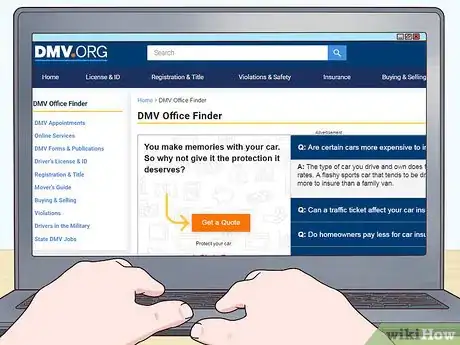
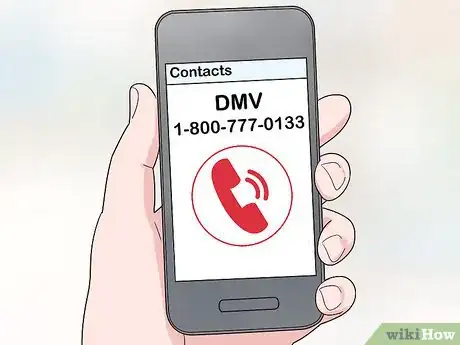


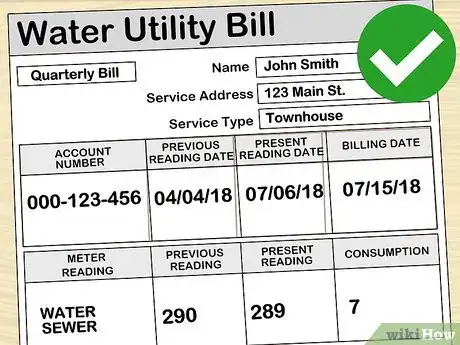
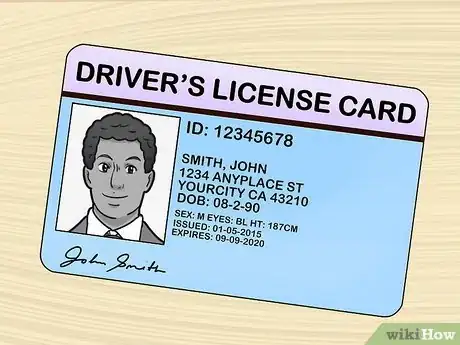


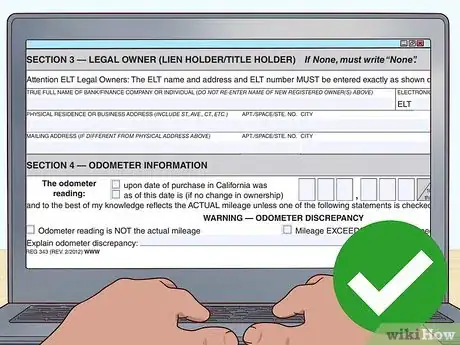

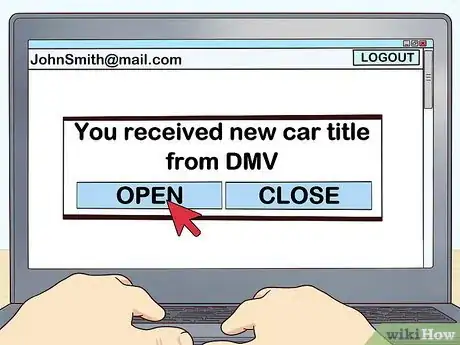


-Step-17.webp)


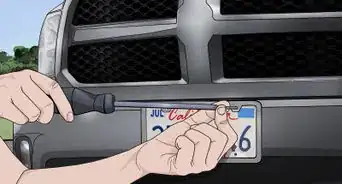


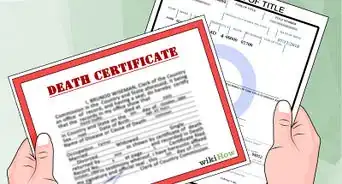

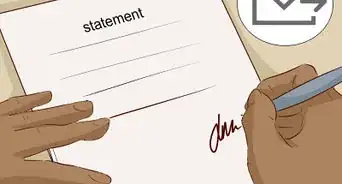

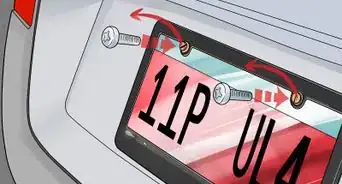
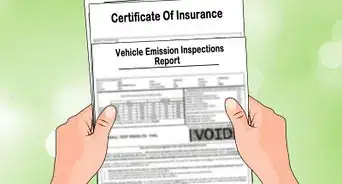








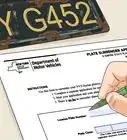

-Step-17.webp)



































